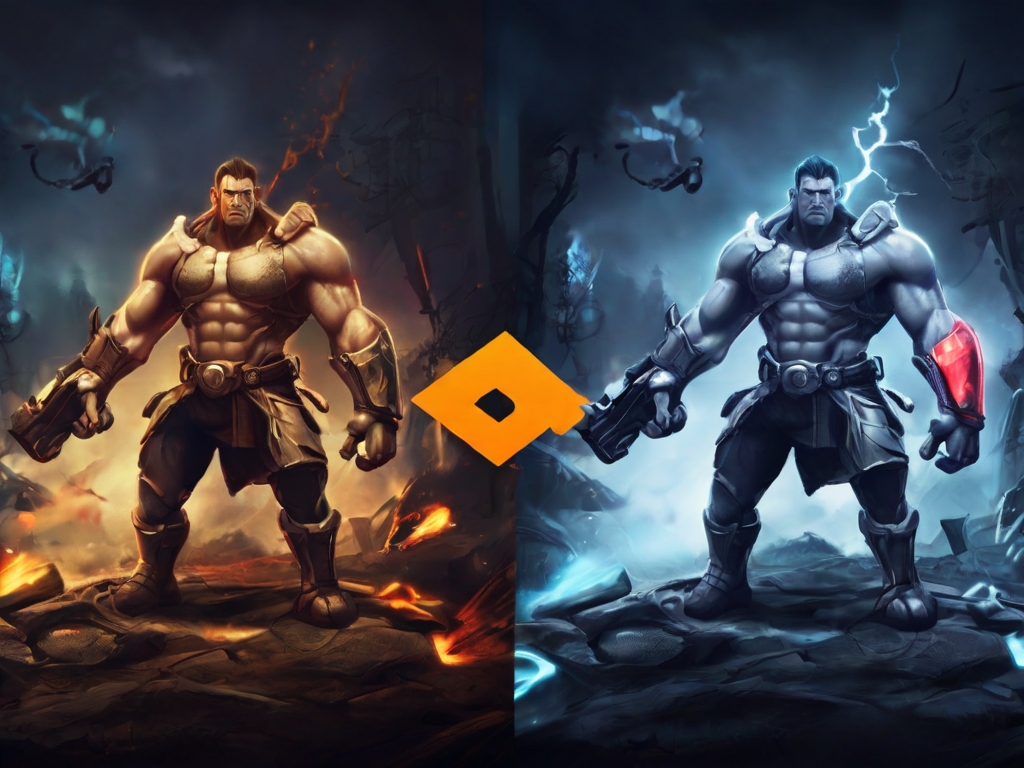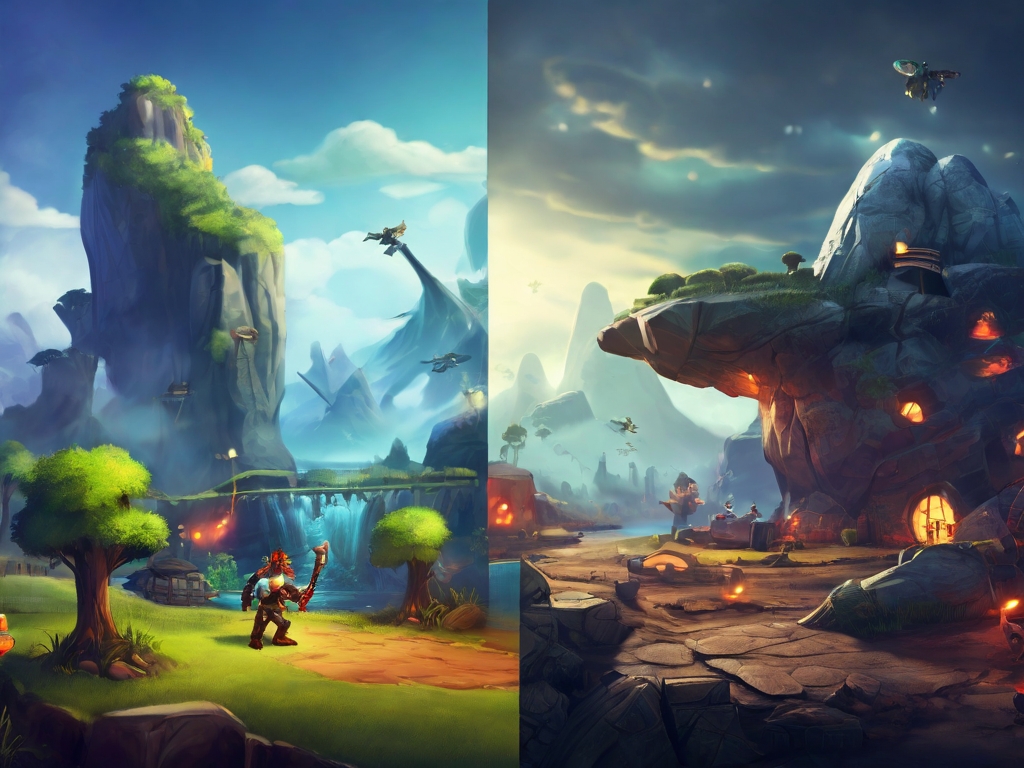
At Melior Games, we work hard to make every game we create better for the player. A/B testing is among our arsenal’s most potent instruments. We can make well-informed judgments thanks to our data-driven strategy, which guarantees that every element of our games appeals to the target audience. This post will explain A/B testing, discuss its uses in game creation, and provide some real-world examples.
What is A/B Testing?
Comparing two iterations of a webpage, software, or game—in this example, a game — to ascertain which one works better is known as A/B testing or split testing. We can determine which version results in better engagement, retention, or other desirable outcomes by randomly allocating users to version A or version B and observing how they behave.
Why is A/B Testing Important in Game Development?
Player tastes and habits can be erratic in the cutthroat world of video game creation. For us to determine what works best for our players, A/B testing offers a scientific method. These are a few main advantages:
- Facts-Driven Decisions: We analyze hard facts to inform our design decisions rather than depending solely on gut feeling.
- Improved Player Experience: Through the process of incorporating player feedback into the design of game aspects, we can make them more engaging and fun.
- More Player Retention and Monetization: Minor adjustments to the user interface, content, or game mechanics can have a big influence on in-game purchases and player retention.
How to Implement A/B Testing in Game Development
Several steps are involved in implementing A/B testing:
- Explain the theory: Determine your goals and the outcomes you hope to achieve. For instance, “Changing the color of the ‘Play’ button will increase the number of games started.”
- Produce Alterations: Create two versions of the aspect of the game that you wish to test. Whereas Version B is the variant, Version A is the control.
- Assign Players Random: Utilize a framework or tool to allocate players randomly to version A or version B.
- Gather Information: Monitor pertinent data including click-through rates, duration of sessions, and in-game purchases.
- Analyze Results: Find out which version best fits your theory by comparing the two’s performances.

Examples of A/B Testing in Game Development
Let’s look at some practical examples of how A/B testing can be applied to game development.
1. User Interface (UI) Changes
Hypothesis: A brighter color palette will make players more involved.
Implementation:
- Version A: The original UI with a muted color palette.
- Version B: A new UI with brighter, more vibrant colors.
Result: We can ascertain whether the new color scheme increases engagement by comparing engagement data like time spent in-game and interaction with UI elements.
2. Gameplay Mechanics
Hypothesis: Introducing a new power-up will increase player retention.
Implementation:
- Version A: The game without the new power-up.
- Version B: The game with the new power-up available to players.
Result: Metrics like daily active users and session duration can reveal if the new power-up encourages players to return to the game more frequently.
3. Monetization Strategies
Hypothesis: A discounted starter pack will increase the number of first-time purchases.
Implementation:
- Version A: The game offers standard in-app purchases.
- Version B: The game offers a discounted starter pack for new players.
Result: By tracking purchase conversion rates, we can see if the discounted starter pack is more effective in driving initial purchases.
Conclusion
Making data-driven judgments in game production is made possible by the effective technology known as A/B testing. We can improve the player experience, raise engagement, and raise revenue by continuously testing and refining different aspects of our games. In order to give our gamers the greatest gaming experiences possible, we at Melior Games are dedicated to utilizing cutting-edge strategies like A/B testing.
You may get important insights and make games that really connect with your audience by implementing A/B testing into your game creation process. Your players will appreciate you for testing, evaluating, and optimizing now!




